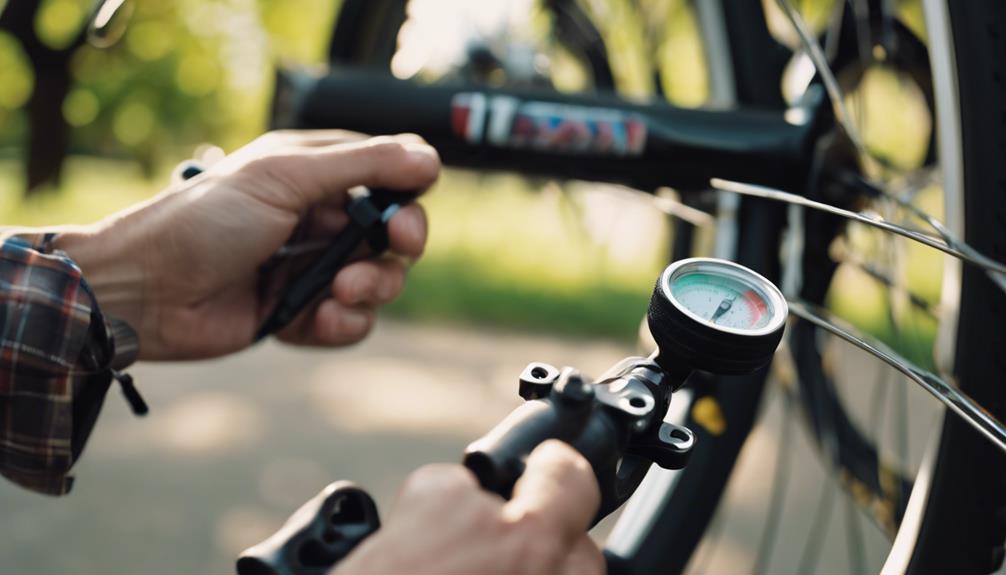Cross-country biking, often referred to as XC biking, is more than just a sport; it’s a lifestyle that combines fitness, adventure, and the great outdoors. Whether you’re a seasoned rider or a newcomer eager to explore the trails, understanding the nuances of XC bikes is essential for enhancing your biking experience. In this comprehensive guide, we will delve into the key aspects of XC bikes, helping you select the perfect ride for your cross-country adventures.
What Are XC Bikes? Understanding the Basics
XC bikes, or cross-country bikes, are designed specifically for speed and efficiency over various terrains. These bikes typically feature lightweight frames, narrow tires, and a geometry that promotes an aggressive riding position. Unlike downhill bikes, which prioritize suspension and stability for steep descents, XC bikes are built for climbing and maintaining high speeds on flat surfaces, making them ideal for long-distance rides on mixed terrain.
The Key Features of XC Bikes
When searching for the perfect XC bike, several key features should be considered. First and foremost, the frame material plays a crucial role in the bike’s overall weight and performance. Common materials include aluminum, carbon fiber, and steel, each offering unique benefits. Additionally, suspension types—hardtail or full-suspension—affect the bike’s handling and comfort. Hardtail bikes, which have front suspension only, are typically lighter and more efficient on climbs, while full-suspension bikes provide better traction and control on rough trails.
Choosing the Right Size and Fit
Finding the right size and fit for your XC bike is vital for comfort and performance. A properly fitted bike will enhance your riding experience and reduce the risk of injury. Most manufacturers provide sizing charts based on your height and inseam measurements. Additionally, consider test riding different sizes and styles to ensure the bike feels right for you. Pay attention to the reach, standover height, and saddle position, as these factors significantly influence the bike’s fit.
Understanding XC Bike Tires and Wheels
Tires are a critical component of any XC bike, influencing traction, speed, and rolling resistance. XC bike tires are generally narrower than those on other types of mountain bikes, allowing for reduced weight and faster speeds. Look for tires that offer a balance between grip and speed, with varying tread patterns for different trail conditions. Additionally, the size of the wheels, typically 26”, 27.5”, or 29”, affects handling and rollover capability. Larger wheels provide better stability and efficiency, while smaller wheels are often more maneuverable.
Components That Make a Difference
Investing in quality components can significantly enhance your XC biking experience. Key components to consider include the drivetrain, brakes, and suspension. A smooth and reliable drivetrain allows for quick gear shifts, essential for adapting to changing terrain. Disc brakes, either hydraulic or mechanical, offer superior stopping power, especially in wet or muddy conditions. Lastly, a reliable suspension system tailored to your riding style can improve comfort and control on rough trails.
Maintenance Tips for Your XC Bike
Regular maintenance is crucial for keeping your XC bike in top condition and ensuring a safe, enjoyable ride. Start with basic upkeep, such as cleaning the bike after each ride, lubricating the chain, and checking tire pressure. Pay attention to wear and tear on components, particularly the brake pads and tires. It’s also a good idea to schedule periodic professional tune-ups to address any issues that may arise and keep your bike performing at its best.
Exploring Popular XC Bike Brands
With numerous brands available, choosing the right XC bike can feel overwhelming. Some of the most reputable brands in the XC biking world include Trek, Specialized, Cannondale, and Giant. Each of these manufacturers offers a range of models catering to various skill levels and budgets. Researching reviews, seeking recommendations from fellow riders, and test riding multiple options can help you make an informed decision that meets your specific needs.
Conclusion: Elevate Your XC Biking Experience
Choosing the perfect XC bike is a vital step in enhancing your cross-country biking adventures. By understanding the features and components that matter most, you can make an informed decision that aligns with your riding style and goals. Remember to prioritize fit, maintenance, and quality brands to ensure a thrilling and enjoyable experience on the trails. Whether you’re racing against the clock or exploring scenic routes, the right XC bike will elevate your biking experience to new heights. Get ready to hit the trails and embrace the freedom that XC biking offers!
